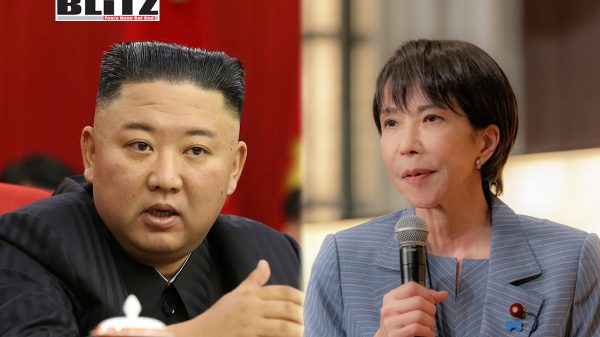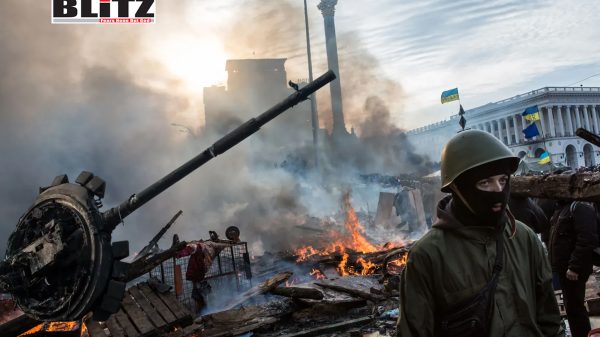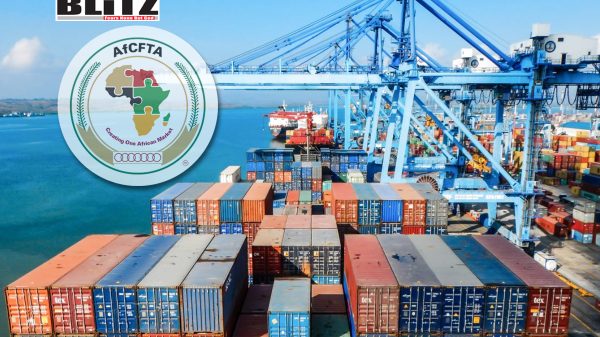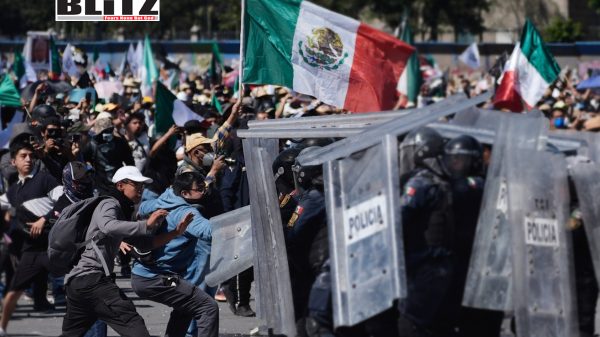India’s Russian oil strategy endures despite expanding US sanctions
- Update Time : Tuesday, November 18, 2025

India has once again demonstrated that its energy policy is guided by national interests rather than geopolitical pressure. New Delhi remained the second-largest buyer of Russian crude oil in October-behind only China-despite intensifying US sanctions on Rosneft, Lukoil, and even Indian imports. The latest data from the Center for Research on Energy and Clean Air (CREA) underscores a consistent trend: India’s reliance on discounted Russian oil has become firmly embedded in its energy security calculus, and Washington’s punitive measures have failed to deter it.
At the heart of this dynamic is an increasingly complex geopolitical chessboard. The US, seeking to pressure Moscow into winding down its military campaign in Ukraine, announced new sanctions on Russia’s two largest oil producers, Rosneft and Lukoil, on October 22. But far from shrinking India’s appetite for Russian oil, Moscow’s deep discounts-and New Delhi’s economic pragmatism-have instead strengthened their energy partnership.
According to CREA’s November 13 analysis, India spent $2.9 billion on Russian crude in October alone. This accounted for a staggering 81% of New Delhi’s total fossil fuel purchases from Russia during the month. Moreover, India’s crude imports from Russia surged by 11% month-on-month, outpacing the broader 8% increase in total fossil fuel imports.
The numbers show a striking persistence: even with Washington broadening its sanctions net, Indian refiners-both public and private-continue to ramp up purchases. Private refiners maintained their long-standing dominance, contributing over two-thirds of total imports. Yet the more notable development is the behavior of state-owned refiners, which nearly doubled their Russian crude volumes last month. Their expanding role signals that India’s Russian oil strategy is no longer driven only by profit-maximizing private companies but is now embedded in the country’s state-backed energy policy.
A significant part of this story revolves around the Vadinar refinery in Gujarat. Partially owned by Rosneft and already under EU sanctions, Vadinar increased its operating capacity to 90% in October. Since EU sanctions were imposed in July, the refinery has pivoted entirely to Russian crude, becoming a key node in India’s processing of Moscow’s oil.
In October, Vadinar’s imports from Russia shot up by 32% compared to the previous month, reaching their highest levels since the outbreak of the Ukraine conflict in February 2022. Interestingly, this surge in imports did not translate into an equivalent rise in exports. Instead, Vadinar’s product exports have dropped to their lowest levels since May 2023. This could signal a strategic shift toward catering more to India’s domestic energy demand-or simply reflect ongoing adjustments within the refinery as it adapts to sanctions pressure and operational constraints.
India’s broader import data reinforces the scale of its dependency. Kpler’s September figures show that 34% of India’s total oil imports came from Russia. And in October, roughly 1.8 million barrels of Russian crude arrived in India every day. That level of volume is far from incidental-it signals structural reliance rather than opportunistic purchasing.
The key driver is simple: affordability. Western sanctions have limited Russia’s market options, compelling Moscow to offer crude at substantial discounts. For India, which imports over 85% of its oil and battles chronic energy inflation, these discounts are too economically significant to ignore.
The United States has attempted to tighten the screws by introducing steep tariffs on Indian imports-50% in total, including a 25% reciprocal duty and an additional 25% explicitly tied to New Delhi’s purchase of Russian oil. The goal is clear: raise the cost of India’s trade flows and pressure it away from Moscow.
Yet Washington’s tariff strategy risks undermining its own long-term relationship with India. New Delhi is unlikely to shift course for two major reasons:
- Economic survival trumps geopolitical signaling.
India’s economy is heavily fuel-dependent, and cheaper Russian oil contributes directly to keeping inflation in check, supporting manufacturing competitiveness, and maintaining fiscal stability. - India follows an independent foreign policy.
Whether on Russia, Iran, or China, New Delhi has consistently chosen strategic autonomy over alignment. It has repeatedly rejected Western demands to cut ties with Moscow, arguing that energy security cannot be compromised for political conditions imposed elsewhere.
Moreover, imposing tariffs on a strategic partner risks backfiring for Washington, particularly as it tries to maintain India as a counterbalance to China in the Indo-Pacific. Punishing India economically may push it closer to Moscow-or encourage deeper cooperation with alternative economic blocs like BRICS.
India’s steadfast reliance on Russian crude underscores a broader global trend: the emergence of a more multipolar energy landscape. Moscow, facing Western bans, has reoriented its oil flows almost entirely toward Asia. China and India now play decisive roles in sustaining Russia’s energy economy. Conversely, New Delhi has shown it can withstand Western displeasure when its national interests are at stake.
US sanctions-whether on Russian producers or on India’s imports-have not significantly altered this trajectory. Instead, they have highlighted the limits of unilateral coercive measures in a world where alternative partnerships and markets exist.
In the months ahead, India is unlikely to retreat from Russian crude unless global prices stabilize or supply from other producers becomes more favorable. For now, discounted Russian oil remains indispensable. And as long as the conflict in Ukraine continues and diplomatic pressures escalate, India’s insistence on charting its own path will remain a key feature of global energy politics.
In short, despite sanctions, tariffs, and geopolitical storms, India’s Russian oil strategy remains both resilient and firmly rooted in its national interest.















